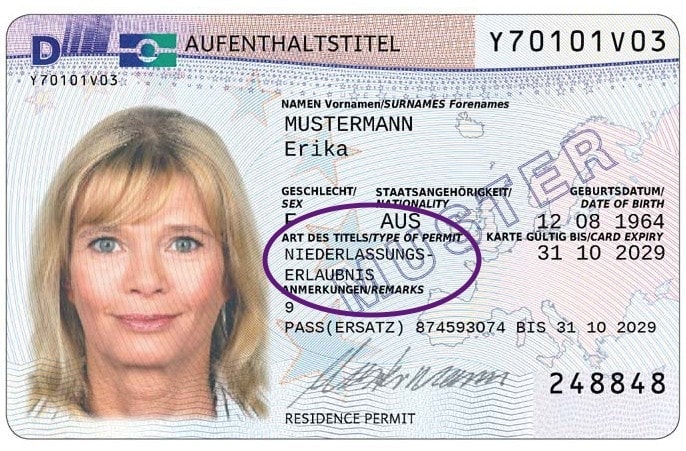Understanding Permanent Residency in Canada

Introduction
Permanent residency in Canada is a crucial subject for many aspiring immigrants seeking to build a life in one of the world’s most welcoming countries. The status provides individuals with a plethora of benefits, including access to healthcare, education, and the ability to work without restrictions. With recent changes in immigration policies, understanding the application process and requirements for permanent residency has become more important than ever.
The Importance of Permanent Residency
Permanent residency allows individuals and families to settle in Canada indefinitely while enjoying numerous rights. It serves as a gateway to Canadian citizenship and significantly contributes to the country’s multicultural landscape. Permanent residents can apply for provincial nominee programs, family sponsorship, and various economic immigration streams that facilitate their transition into Canadian society.
Recent Changes to Immigration Policy
In 2023, Canada’s immigration policies underwent several updates aimed at increasing transparency and efficiency in the permanent residency application process. The federal government announced plans to welcome over 450,000 new permanent residents annually over the next few years, a strategy designed to address labor shortages in key sectors. This ambitious target aims to create a more robust economy and ensure a diverse and skilled workforce.
Key Immigration Programs
Several immigration programs are available for obtaining permanent residency in Canada. The Express Entry system, which includes the Federal Skilled Worker Program, Federal Skilled Trades Program, and Canadian Experience Class, continues to be a popular route. Furthermore, the Provincial Nominee Program allows regions to nominate candidates based on local labor market needs, creating tailored opportunities for new immigrants.
Application Process and Requirements
The application process for permanent residency typically involves several steps, including language proficiency tests, educational credential assessments, and health and security checks. Understanding the Comprehensive Ranking System (CRS) and how points are allocated can significantly improve an applicant’s chances of receiving an Invitation to Apply (ITA) for permanent residency.
Conclusion
As Canada continues to evolve its immigration framework, permanent residency remains a vital avenue for individuals seeking a stable and prosperous future. With ongoing enhancements to the immigration system, aspiring permanent residents are encouraged to stay informed about their options and the latest policies. The Canadian government’s commitment to increased immigration not only drives economic growth but also enriches the cultural mosaic that defines Canada. For those considering this path, preparing thoroughly and staying updated will be key to navigating the immigration landscape successfully.









